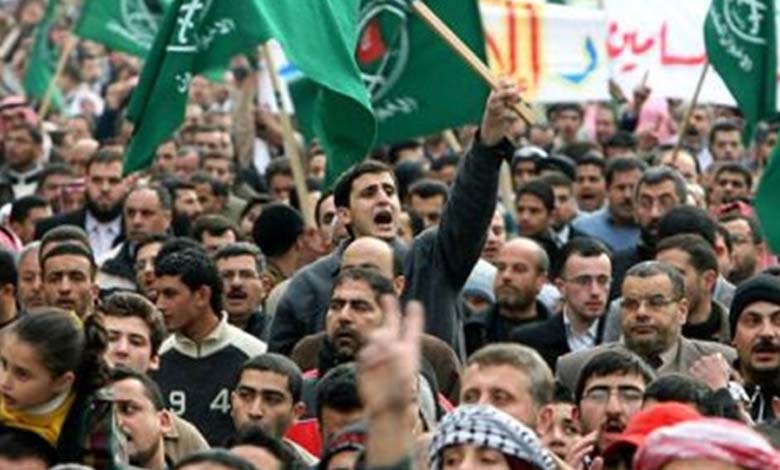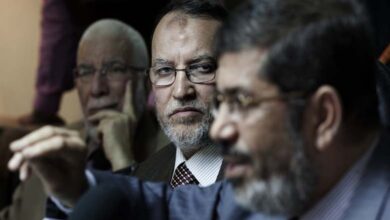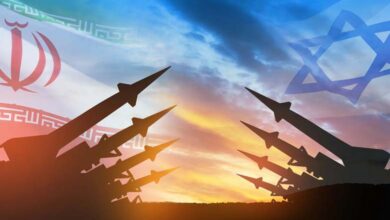The Muslim Brotherhood: Between the Past and Present… Failed Plots and Exposed Schemes

Writer and researcher specializing in Islamic movements, Rafat Sayed Ahmed, revisited a phase of the establishment of the Muslim Brotherhood, revealing its leaders’ collaboration with colonial powers, while attempting to connect the founding period to current acts of betrayal and collaboration with foreign intelligence.
He stated through Extra News channel that the fundamental reason for the dissolution of the Muslim Brotherhood in 1954 was their collusion with the British and negotiations with the colonizers. He affirmed that the statement of dissolution on January 14, 1954 identified more than ten reasons.
He continued, “What was mentioned in the statement seems as if we are talking today. It addressed the formation of a parallel army, negotiating with the colonizers behind the government’s back, and sowing the seeds of violence in Egyptian universities,” as reported by Youm7 newspaper.
The writer and researcher further elaborated, “There were prior clashes, until October 1954 when the assassination incident occurred in El Manshiyya, Alexandria. This incident placed the regime in a popular dilemma. The Muslim Brotherhood’s armed factions had used violence in the years leading up to this event in popular areas and universities, which led people to demand action against this group.”
The researcher specializing in Islamic movements continued, “What happened in El Manshiyya was a well-planned and orchestrated incident by the terrorist Muslim Brotherhood. The testimonies confirm the existence of an organization that primarily planned to eliminate the strongest figure in the Revolutionary Leadership Council, the late President Gamal Abdel Nasser.”
He added that the government’s response to the El Manshiyya incident was natural, emphasizing that the regime did not orchestrate the incident. However, the group’s stubbornness and refusal to share power in Egypt was the driving force behind the incident, similar to what occurred during the June 30, 2013 revolution.
He continued, “The Egyptian Armed Forces had met with Morsi before the revolution, presenting him with popular demands. If the group had political intelligence, it would have accepted the initiative proposed by the Armed Forces ten days before the massive popular events. However, their arrogance and insistence on sole power prevented them from accepting it, which also happened with former President Abdel Nasser.”
He continued, “Regarding arrests, only 9 members of the Muslim Brotherhood were executed during the Nasser era. Six individuals were executed in 1954 and three individuals in 1965.”
He added, “As for detentions, dozens of them were gradually released, including Sayed Qutb himself when he was released and formed an organization.”
The writer and researcher mentioned that when the late screenwriter Wahid Hamed wrote the second part of the Brotherhood series, he stated that Sayed Qutb enjoyed freedom of expression and even the Brotherhood members themselves did not object. Hence, the claims of massacres, torture, and killings of the group were fabricated. The Brotherhood had become accustomed to distorting history, using it as a means to whitewash their image and portray something other than reality.
He continued, “There was a power struggle due to the desire to monopolize power and the refusal to accept democratic space alongside other existing forces that controlled the government. It was not a conflict between Islam and disbelief. After 1965, Abdel Nasser aligned with the broad sectors the group targeted. He withdrew the social, political, and economic carpet from the Muslim Brotherhood, which could have provided them with the ability to recruit after that.












